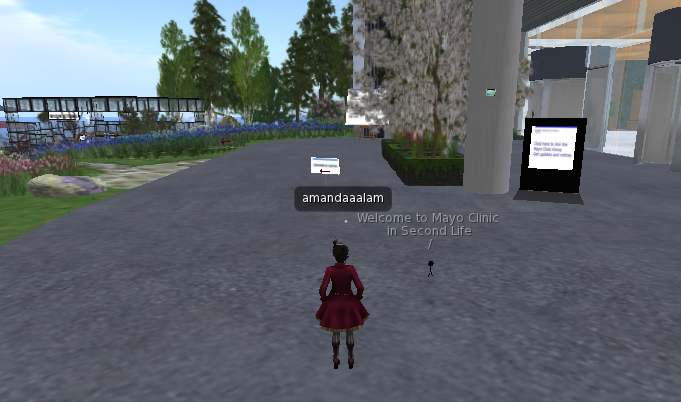On Wednesday of week 9, guest speaker Professor Damian Radcliffe from the University of Oregon came to talk to us about social media in the Middle East. He talked about some of the misconceptions of social media in the middle east, social media influencers, the various social media platforms used, the difficulties associated with the social media trend and some associated data.
In terms of misconceptions, Damian asked the question, “What comes to mind when you think of the Middle East?” Answers ranged from political unrest, to restrictions to desert to religion, to turmoil etc. No answer was associated with the internet or social media and it proved that no one associates social media with the Middle East. As you can see in the following tweet, social media is the furthest thing from people’s minds when they think of the Middle East.
However, Damian informed us that the use of social media has progressed significantly from 6% to 42% among the MENA population over the past six years. Brands are also getting excited about the region (MENA) because almost 65% of the population is under the age of 30, and that demographic has access to brands and a relatively high spending power. He mentioned that even with privacy concerns, Facebook still dominates the region with 187 million users in MENA, with Egypt being its biggest market, and half of Arab youths get their daily news from Facebook.
As the tweet above mentions, the region is using social media as a way to change the perception of the region with Saudi Arabia being the 5th largest market in the world with over 15.65 million viewers and Turkey being the 10th largest with 7.45 million users. However, the post popular social media platform in Saudi Arabia is YouTube. Damian pointed out that although Arabic is the primary language of 240 million people, only 3% of online content is in Arabic, which is an issue that is yet to be solved. In fact, there are more Wikipedia pages in Norwegian than in Arabic. Saudi Arabia has used social media as a platform to show the world the different personalities that exist within it like comedy. An example, shown in the tweet below, is of a 26-year old comedian, Hisham Fageeh, who made a “No Woman, No Drive” parody video after some Saudi Arabian women defied a driving ban.
Another topic that Damian discussed includes the social media influencers that hail from the MENA region and some of the difficulties they face. In addition to the cost and requirement associated with being a social media influencer as shown below, some of them face life threatening difficulties that force them to move to other countries for safety.
Tara Fares, who was a social media influencer and model, was shot and killed in 2018 and people believed it was instigated by conservationists who objected to her lifestyle. On the bright side, other influencers, like Iraqi-American Huda Kattan, have been fortunate to be successful and popular from the use of social media. Kattan was able to use social media her social media channels to build a billion-dollar cosmetics brand.
With high technology growth/usage, increase in social media use by 36% in only 6 years, the success of influencers like Huda and Hisham, and the predominant use of social media platforms like Facebook, YouTube, Snapchat, and Instagram, we can expect the social media trend in the Middle East to continue to grow and evolve in the coming years.


